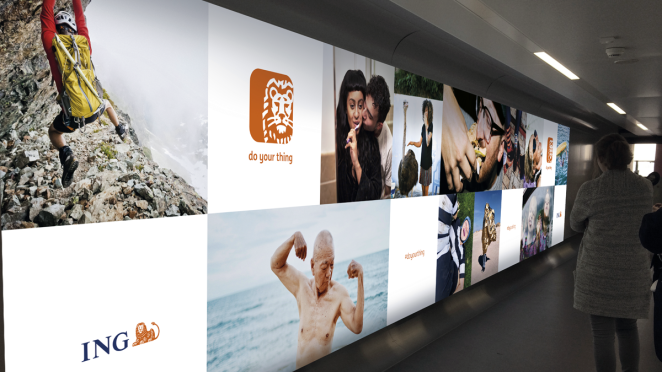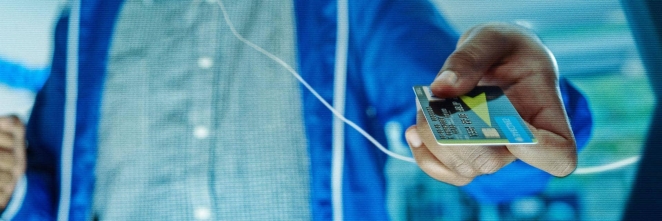With over 39 years' experience, Peter Knapp, Group Chairman at Landor & Fitch, has an exceptional breadth and depth of industry knowledge. He works with the global executive team to establish Landor & Fitch's creative vision and deliver a truly global perspective for both L&F and its clients.
Today, he's focusing his thoughts on accessibility in design and sharing with us his ideas on why it's not enough for accessibility to be a consideration for designers. For him, it must be the starting point.

Sadly, the world we live in is actually quite inaccessible to those with disabilities.
And this is astonishing considering 1 billion people, or 15% of the world’s population, experience some form of disability. In England alone, there are 12.2 million disabled people, accounting for more than one in five (22 per cent) of the total population.
Yet everything we use and interact with on a daily basis has been carefully designed. Whether a product, object or service – consideration has been put into how it’s developed and manufactured. Historically, style and aesthetics have been the main considerations underpinning design, often at the cost of accessibility. But that’s starting to change.
This is particularly true in today’s digital world. With this new age of information, also comes a new age of responsibility – and brands have no excuse to not translate this knowledge into tangible action, with informed and considered design an effective way to do this. A simple sentence or quick functionality fix can go a long way, while maintaining a distinctiveness of design that is unique to their brand.
Small steps for big progress

The financial cost for this is small while the gain - for society, consumers, and brand reputation - is big. In fact, the UK Government estimates the spending power of those with disabilities at over £200 billion…so making sure you’re understanding and catering to the needs of this demographic is a no-brainer.
Dutch financial services company ING recently updated its internal communications to help its writers speak more inclusively in service of its new “Do Your Thing” strategy. The guidance included avoiding disability-based stereotypes and derogatory terms that stem from mental health.
Taking smaller steps such as these can go a long way to helping a global company write, sound, look, and feel more inclusive; therefore making the brand itself more accessible.
Tapping into technology

But in addition to embedding it into their work, products and values, brands also have a big role to play in building wider knowledge and educating society on the value of accessibility and inclusion. With significant marketing budgets, scale and reach, brands can bring cognisance and awareness to the challenges around accessibility just through the way they design and market.
Technology is a prime example of a real opportunity to put this into practice. The pandemic forced all of us online – to work, to shop, to live and communicate. This quickly created real questions around the design of many online platforms, and lack of accessibility for many – those with eyesight issues, for example.
Barclays recently changed the colour of its digital touchpoints to cyan from light blue, which helps to improve visibility and create a more functional colour system. It is a simple move, among a number of other accessibility initiatives for those who are visually impaired, but one that has helped the brand host accessible platforms and communications.
bp is another brand that has evolved its communications using the power of technology. The brand’s digital comms and apps are being transitioned to Roboto, an advanced typeface to increase readability on-screen and enhance accessibility, helping bp’s neurodivergent employees.
Designing an accessible future

Making products and experiences both accessible and inclusive should be the fundamental building block of modern design – giving people equal rights and confidence regardless of any challenges they may face.
Not only will it help make the world a better place, but it also drives brand equity and business value. Doing good is good for business – companies can’t afford to be seen falling short or unintentionally excluding customers.
And as new platforms emerge, such as the Metaverse, there’s no reason why inclusivity and accessibility shouldn’t be considered and built in from the ground up. In fact, it should be the absolute minimum requirement, and the foundation for all design.






